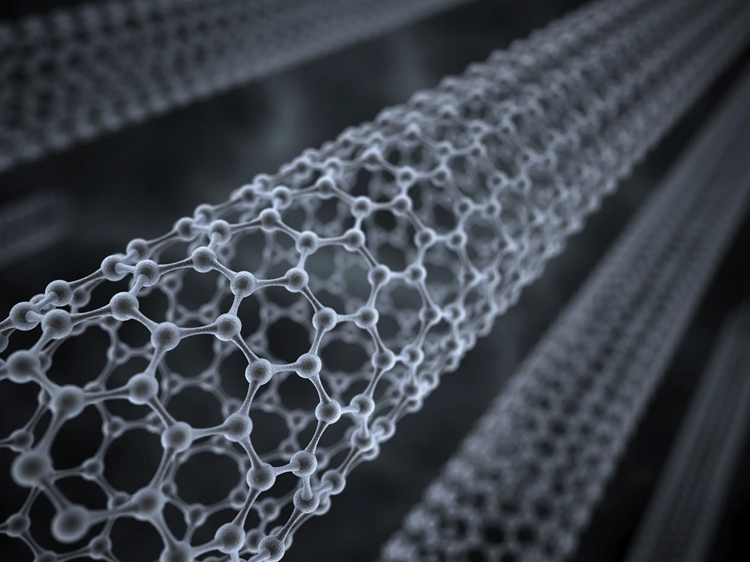


Few-walled carbon nanotubes FWCNT and single-walled carbon nanotubes are both types of carbon nanotubes. The main difference between them is the number of tube wall layers. Single-walled carbon nanotubes, as the name suggests, are carbon nanotubes with only one tube wall, while few-walled carbon nanotubes FWCNT refer to carbon nanotubes with fewer tube wall layers, usually two to three layers.
Carbon nanotubes (CNTs) are a typical one-dimensional nanomaterial and have been one of the research hotspots in the field of materials science for many years. Few-walled carbon nanotubes FWCNT are light in weight, have a perfectly connected hexagonal structure, and have many excellent mechanical properties, electrical conductivity and chemical properties.
Performance advantages of carbon nanotubes
Highest specific strength: The covalent bonds connecting carbon atoms in carbon nanotubes are the most stable chemical bonds in nature. Carbon nanotubes have extremely high tensile strength and elastic modulus. At the same time, the density of carbon nanotubes is only 1/6 of that of steel, making them the material with the highest specific strength that can be prepared at present.
Strong flexibility: Carbon nanotubes are strong but not brittle. When bending carbon nanotubes or applying pressure to them axially, even if the external force exceeds the Euler strength limit or bending strength, the carbon nanotubes will not break, but will first bend at a large angle. When the external force is released, the carbon nanotubes will return to their original shape.
Good conductivity: The structure of carbon nanotubes is the same as the lamellar structure of graphite, and has good conductivity. The resistance of carbon nanotubes is independent of their length and diameter, and electrons will not generate heat to heat carbon nanotubes when passing through them. The transmission of electrons in carbon nanotubes is like the transmission of light signals in optical fiber cables, with minimal energy loss, making them excellent battery conductors.
Good hydrogen storage performance: Carbon nanotubes themselves have a high specific surface area, and after treatment, they have excellent hydrogen storage capacity.
Excellent lithium insertion properties: The hollow tube cavity of carbon nanotubes, the gaps between tubes, the gaps between layers in the tube wall, and various defects in the tube structure provide abundant storage space and transportation channels for lithium ions.
Chemical stability: Carbon nanotubes are chemically stable and have acid and alkali resistance. Adding carbon nanotubes to polymer composites can improve the acid and oxidation resistance of the material itself.